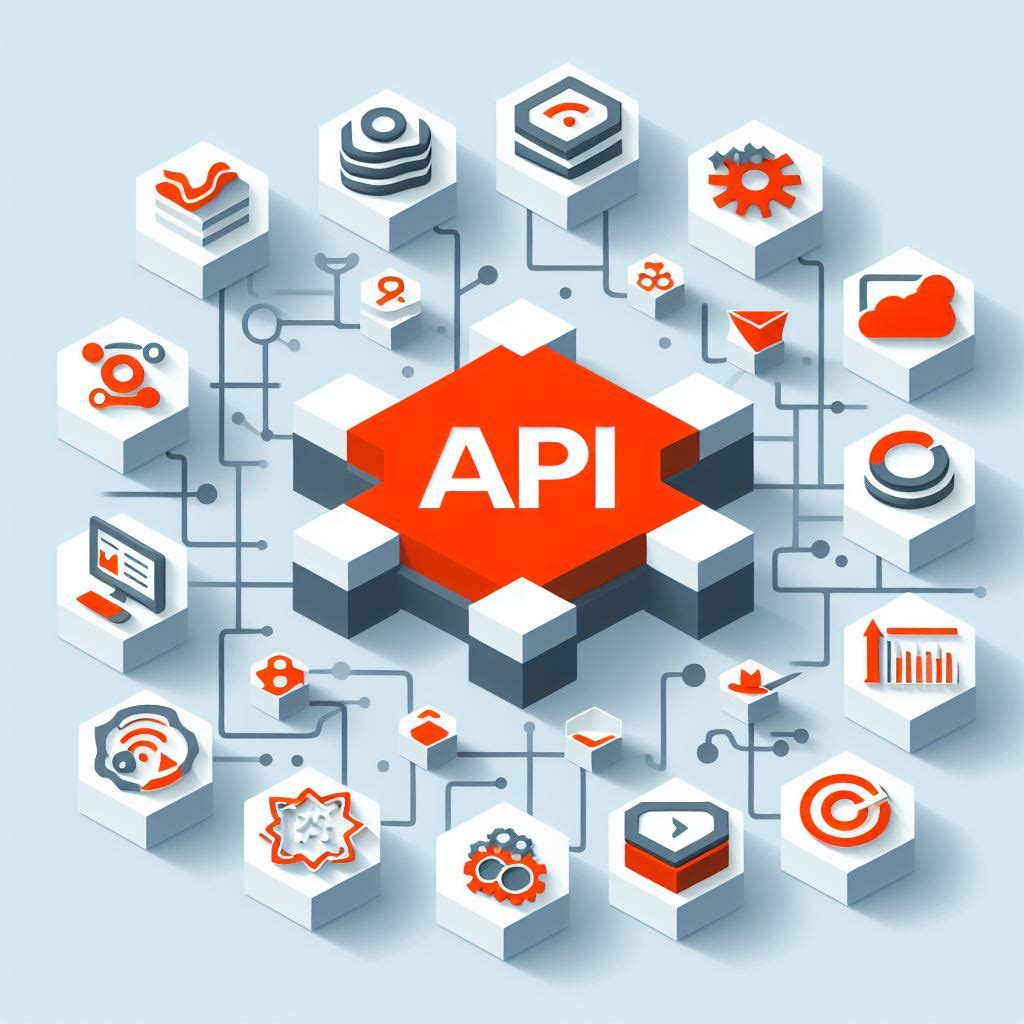An API (Application Programming Interface) is a crucial concept in web development. It acts as a bridge between different software components, allowing them to communicate and exchange data. Think of it as a set of rules or commands that enable your application to interact with external services or systems.
An API is a collection of communication protocols and subroutines that allow various programs or components to interact with each other.
How API (Application Programming Interface) Works:
- Imagine a restaurant scenario: An API is like a waiter who takes your order, communicates with the chef, retrieves the food items, and serves them to you.
- Similarly, in the digital world, an API listens to your request, communicates with a service provider (like a database), and returns the relevant output.
- For example, when you search for a course on a website, an API handles your request, queries the database, and responds with the best matching courses.
Why Are APIs Important:
- APIs are essential for modern development. Without them:
- Your application’s functionality would be limited.
- Development time would increase significantly because you’d need to independently implement functions not available as language modules.
- APIs connect disparate applications, allowing them to complement each other. For example, a hotel selection service uses an external API for photo recognition, while also providing room selection and booking functionality through its own API.
Benefits of API:
- Time-Saving: APIs let you use existing functionality instead of reinventing the wheel.
- Access to Technology: APIs empower your app with cutting-edge features (e.g., image recognition, language processing).
- Efficiency: APIs allow seamless integration without diving into internal service logic.
Types of API:
- Open APIs (Public APIs): No access restrictions; publicly available for anyone to use.
- Internal APIs: Used within an organization for communication between different services.
- Partner APIs: Shared with specific partners or collaborators.
- RESTful APIs: Follow REST (Representational State Transfer) principles for web communication.
How to use an API (Step by Step):
- Make Requests:
- Use an HTTP client (e.g., Postman, curl, or code libraries) to send requests to the API endpoint.
- Specify the method (e.g., GET, POST, PUT, DELETE) and any required parameters.
- Decode Responses:
- The API responds with data (usually in JSON or XML format).
- Parse the response to extract relevant information.
- Implement in Code:
- Integrate the API calls into your application code.
- Handle errors, authentication, and rate limits.
Example Scenarios:
Suppose you want to retrieve weather data from a weather API:
- Find the API documentation (usually available on the service provider’s website).
- Obtain an API key (if required).
- Make an HTTP request to the weather API endpoint (e.g., GET https://api.weather.com/forecast?location=INDIA).
- Parse the response to extract temperature, humidity, and other relevant details.
- Use this data in your application (e.g., display the current weather on your website).
Remember, API (Application Programming Interface) empower your applications by allowing them to communicate with external services effortlessly. Explore APIs, experiment, and build amazing features! 🚀
Like us on Facebook and Linkedin for more updates.
Related Blog- What is Power Automate and Power Apps



